Looking for a robust dressing to bring your salad, pasta salad, or sandwich to the next level? This Greek Vinaigrette Dressing is zesty, mildly tangy, and bursting with flavor from garlic and herbs.
With an oil and vinegar base, this simple homemade vinaigrette recipe relies on fresh lemon and garlic plus herbs to bring it it’s intense flavor. Plus it’s super easy to make and comes together in about 5 minutes.
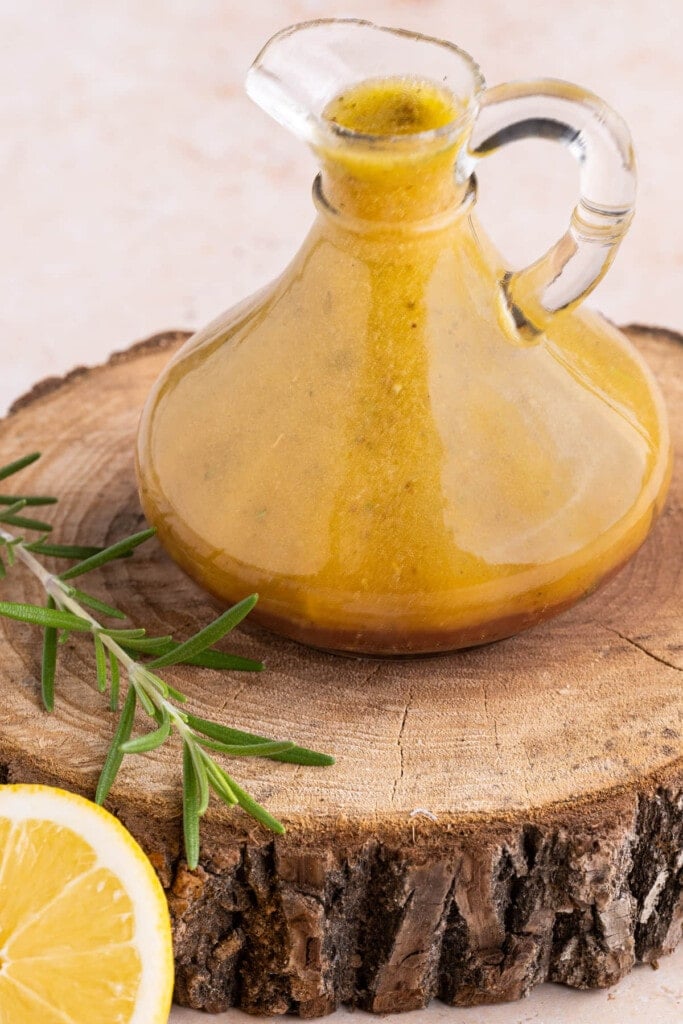
As a foodie and environmental scientist, making my own sauces and vinaigrettes is one of my favorite things to do to elevate my meals!
Green tip: Making your own sauces, syrups, and dressings is a great way to avoid extra plastic packaging that eventually ends up in landfills or makes its way into the environment and becomes microplastics.
Greek Vinaigrette Dressing Ingredients
Here’s everything you need:
- Oil & vinegar. The base of any great vinaigrette! You’ll be emulsifying these two main ingredients to bring this dressing an almost creamy texture.
- Oregano, thyme, and rosemary. A great combo of herbs to bring tons of fresh flavor. You can use fresh or dried herbs in this recipe.
- Salt & pepper. To season and elevate the other favors.
- Garlic. A key ingredient to any Greek vinaigrette.
- Lemon juice. To pack an extra punch of citrus.
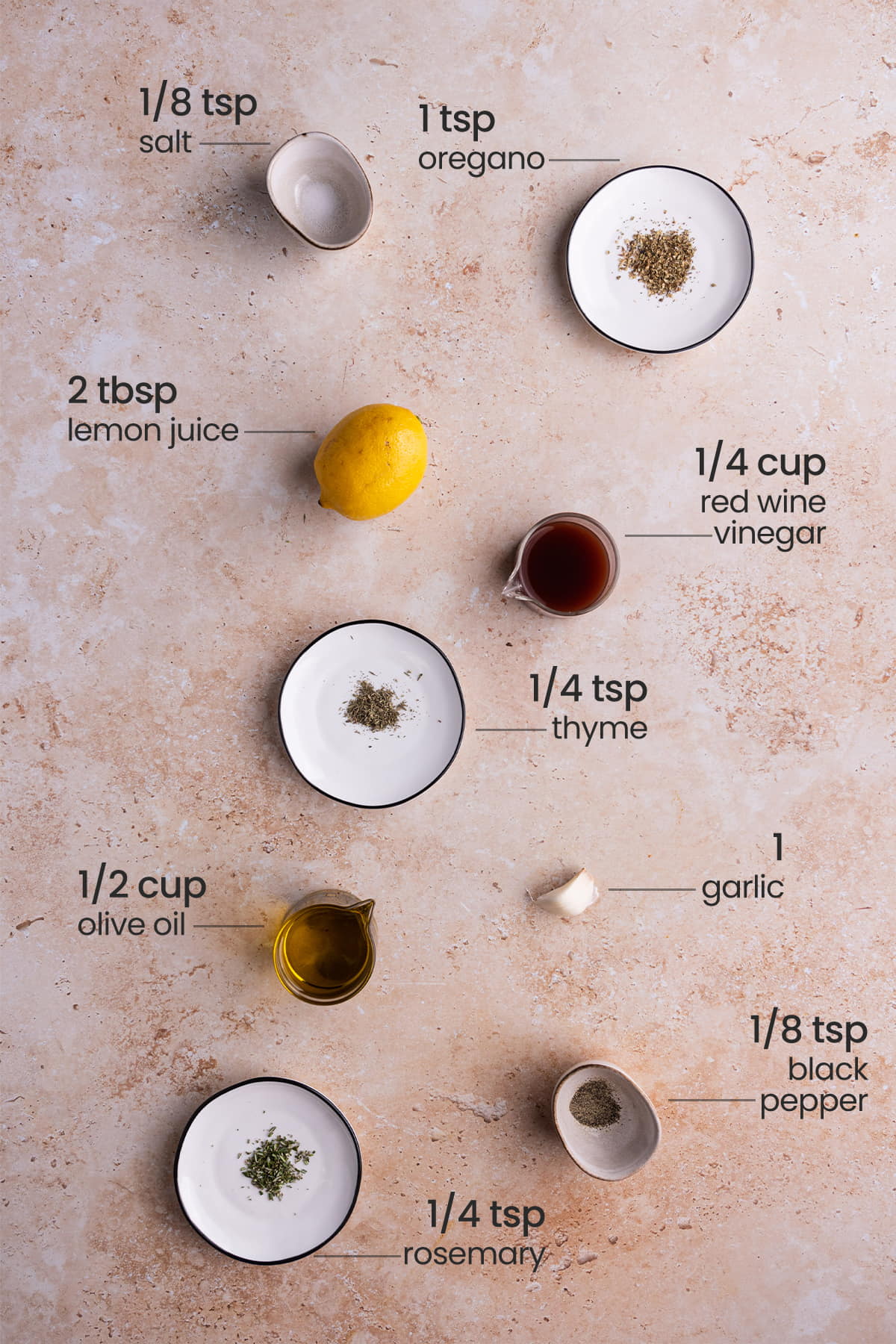
Greek Vinaigrette Dressing Tips and Tricks
How to Mince Garlic
To me, the easiest way to peel the outer layer off the garlic is by crushing it first. I like to lay it flat on my cutting board and use the flat end of my knife to push down on the garlic until I feel and hear it crunch.
This will break open the outer layer, making it much easier for you to peel it back to discard it.
Once you’ve completely peeled your garlic, you can start to dice it. Use a sharp knife to chop the garlic until it’s in much smaller pieces.
Continue to dice until the garlic is minced. Simple as that!
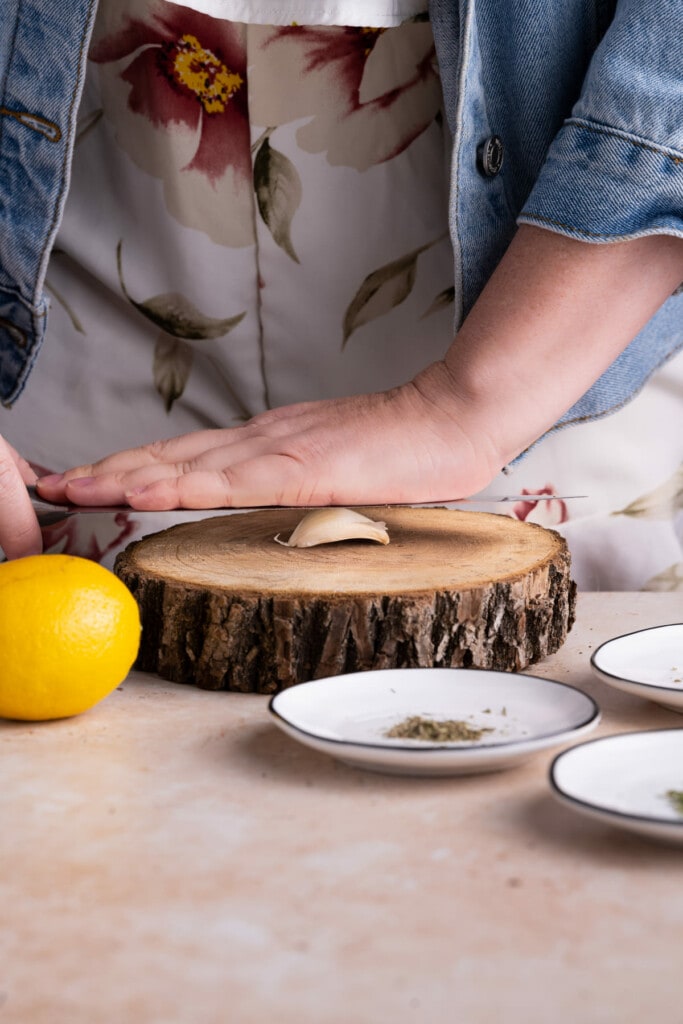

The Best Olive Oil for Homemade Vinaigrette
I love using a robust extra-virgin olive oil to bring even more flavor to this homemade vinaigrette. The very best olive oil to use for any dressing is cold-pressed extra-virgin olive oil.
Both the flavor and nutritional value of olive oil is tempered when heated, and most oils are heated when the olives are pressed. When you’re using olive oil in recipes that require cooking or baking, this doesn’t make much of a difference.
But in recipes like this one, where you are using the olive oil raw, using a cold-pressed extra virgin olive oil will give you the most flavor and highest quality olive oil.
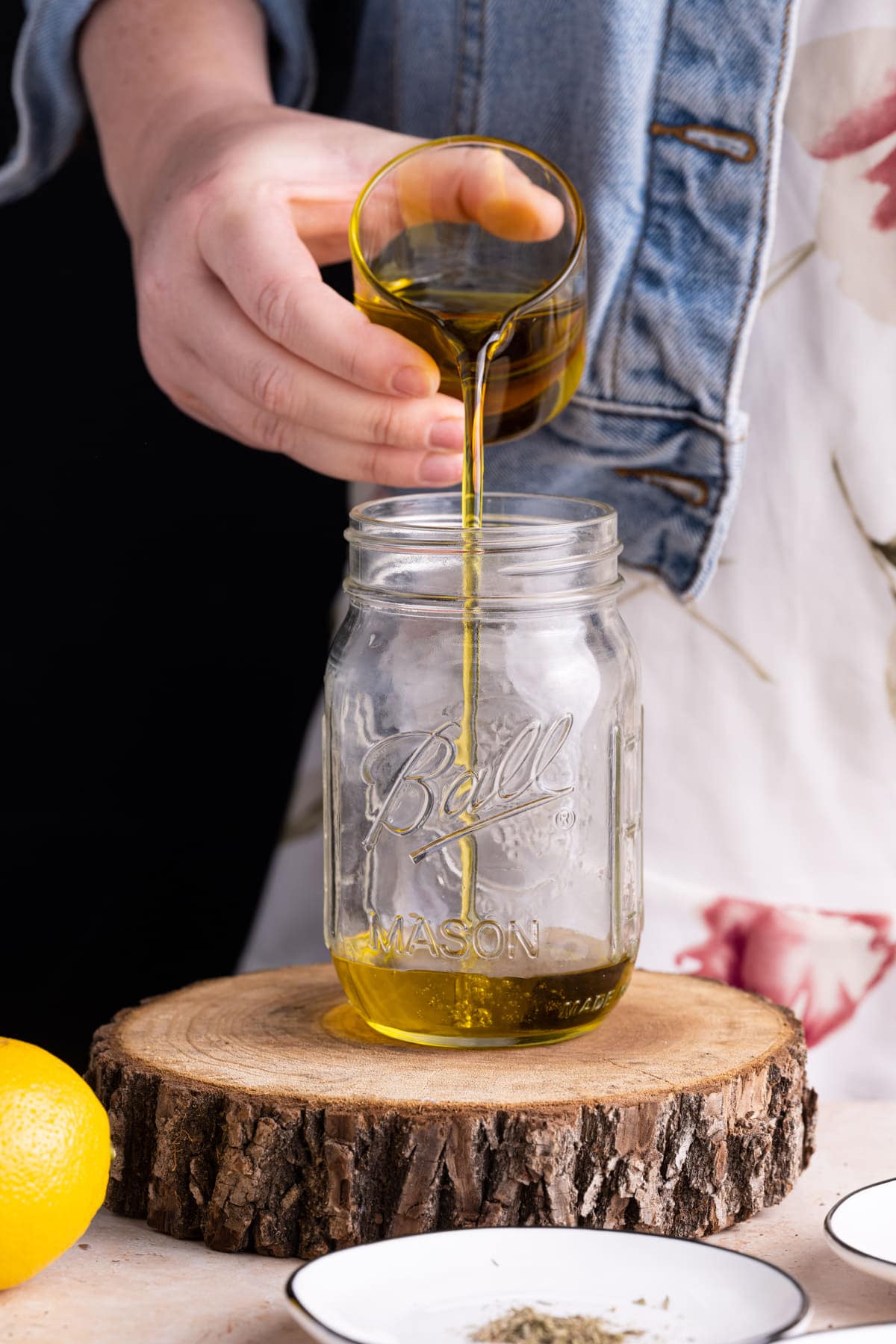
Adding Herbs to Greek Vinaigrette
I always add oregano, thyme, and rosemary to my homemade Greek vinaigrette, but if I have other herbs laying around, I often add them, too.
In addition to the oregano, thyme, and rosemary, you can add basil, dill, parsley, or even mint. You can use dried herbs or fresh herbs. If you are using fresh, make sure to dice them very finely.
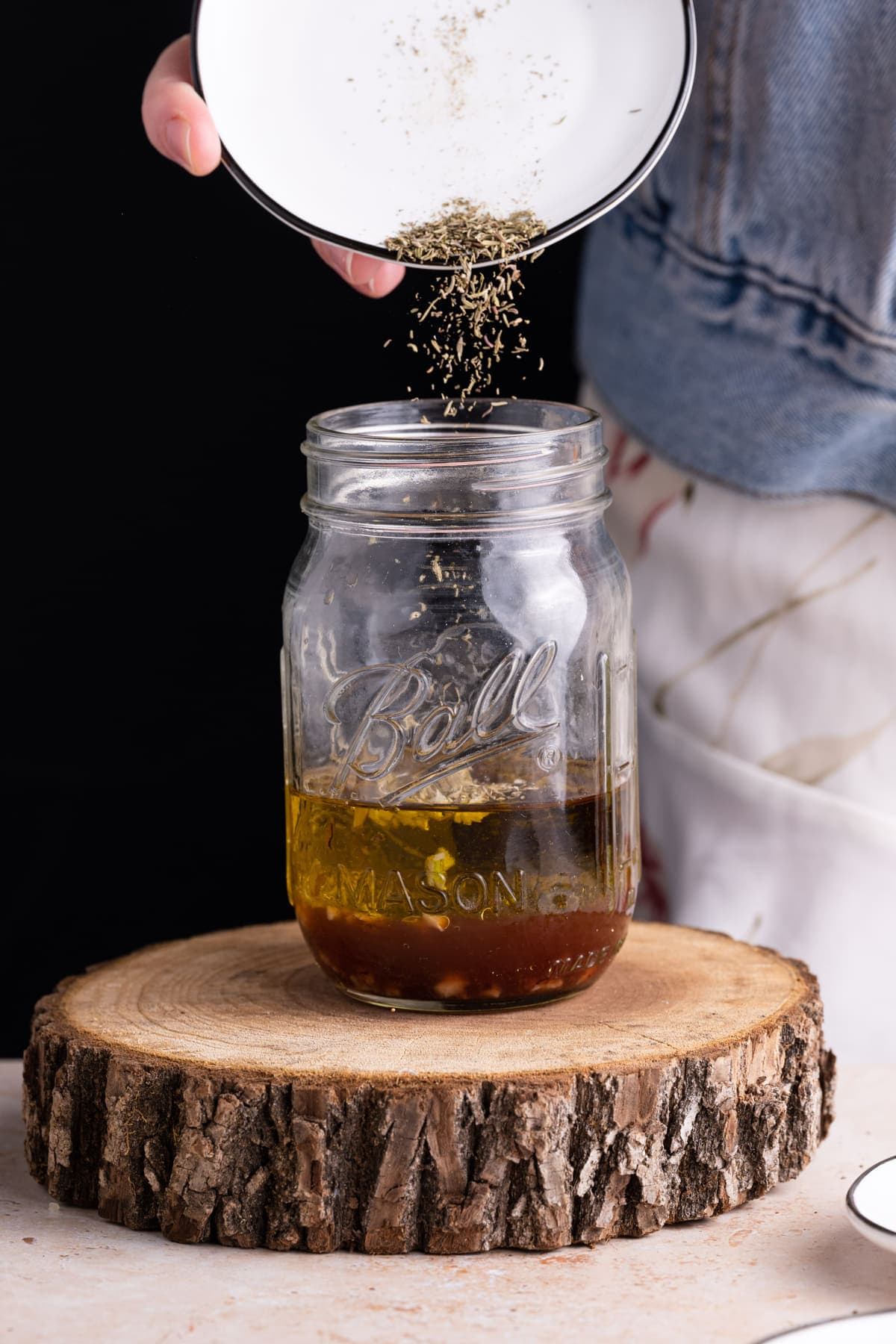
Use Fresh Lemon in this Homemade Greek Dressing
In addition to fresh garlic, fresh lemon also goes a long way in this homemade vinaigrette!
It’s always best practice to squeeze your lemon juice into a separate bowl rather than adding it directly to your dressing. That way, you can more easily extract any lemon seeds that accidentally come out when you squeeze the juice out.
Alternatively, you can use a citrus squeezer. This will both catch the seeds and extract the most juice possible out of the lemon!
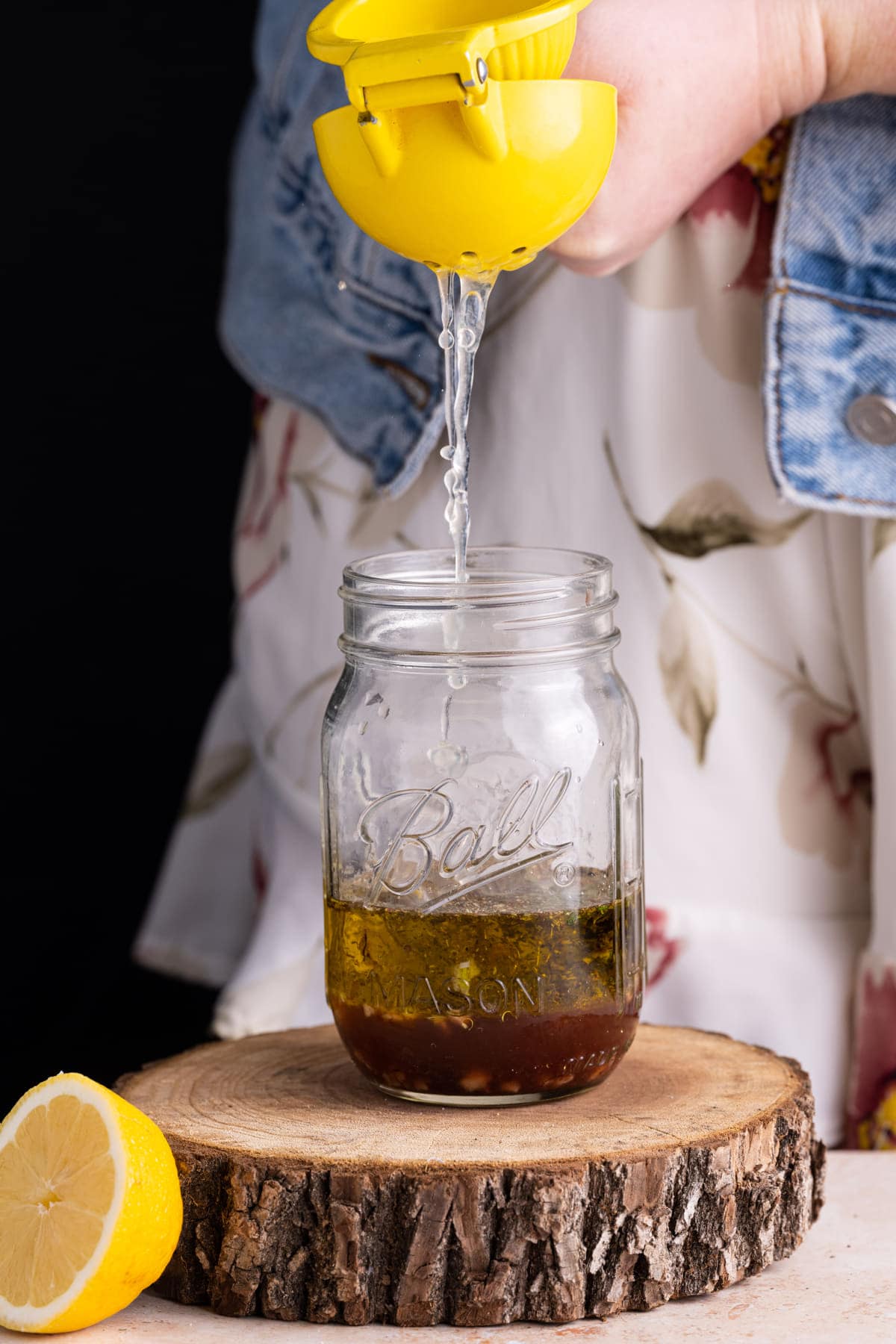
How to Emulsify Vinaigrette Dressing in a Jar
Oil and vinegar are notoriously hard to combine, but, when they do, it results in an almost creamy texture. This is because when fat and water combine, they create what’s called an emulsion.
There are three simple ways to emulsify your vinaigrette. You can vigorously whisk them, blend them together, or my favorite technique—shake it up!
I like to add all my vinaigrette ingredients to a glass jar, seal it, and shake until it combines. This also means that if the vinaigrette begins to separate before you have a chance to serve it (chances are, it will!), you can easily give it another quick shake.
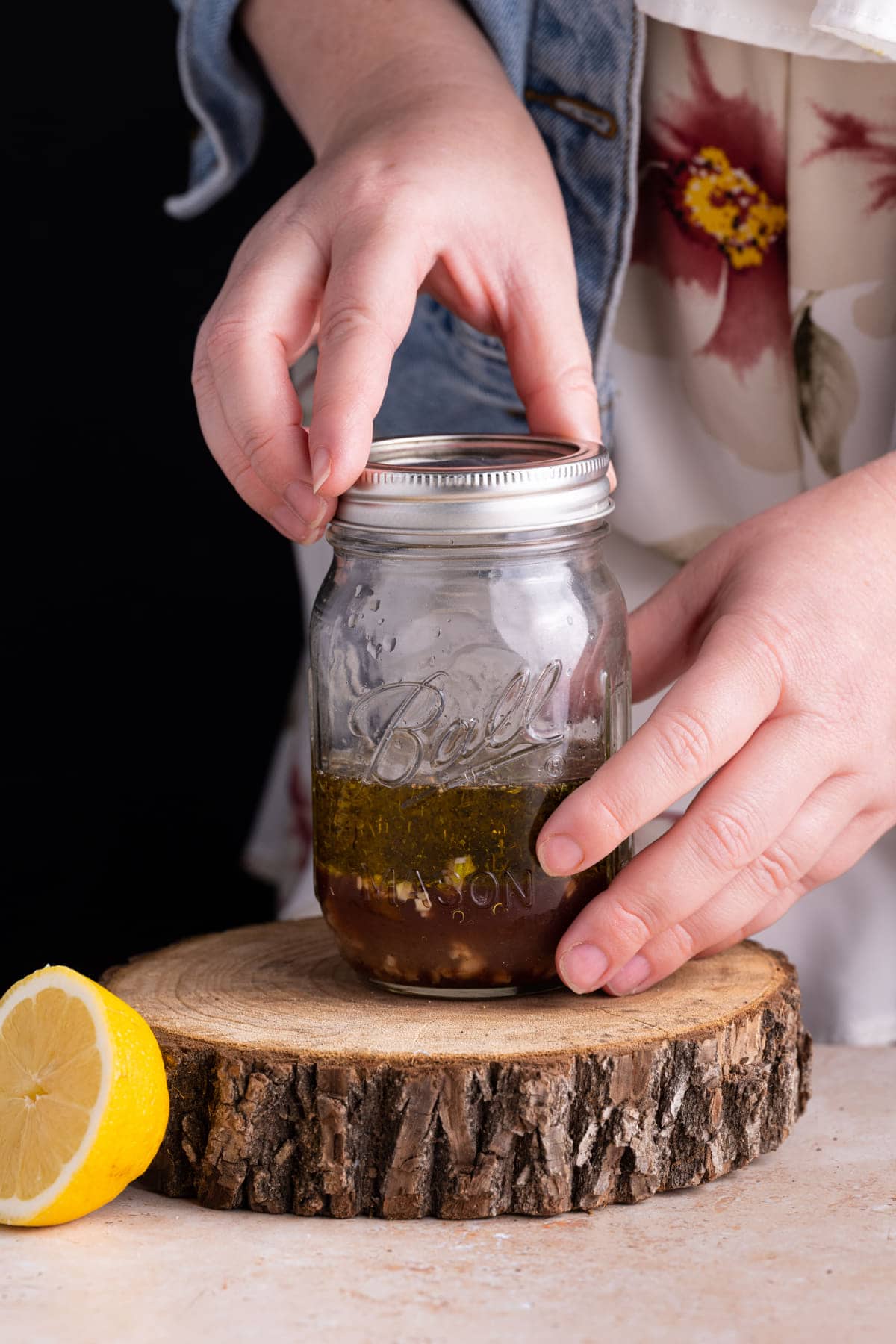
Serving Homemade Greek Vinaigrette
This homemade robust vinaigrette is truly versatile, delicious on a variety of salads (and pasta salads!), sandwiches, and grain bowls. It’s also delicious on a number of different roasted vegetables. Because it is savory and herbaceous, it adds complex flavors to any meal.
Here are some of my favorite meals to serve this Greek Vinaigrette with:
- Rainbow Orzo Pasta Salad
- Spinach Arugula Salad
- Quinoa Arugula Salad
- Roasted Asparagus and Mushrooms
- Roasted Honey Gold Potatoes
- Roasted Asparagus and Carrots
- Roasted Broccoli and Carrots
Green tip: Organic farms rely on biodiversity to generate rich soil, avoiding the use of pesticides and fertilizers, which means no toxic runoff. Consider organic ingredients for this recipe!
How to Store Homemade Vinaigrette
Leftover Greek Vinaigrette Dressing will last in a sealed airtight container for up to 3 weeks in the refrigerator. I like to store it in the same glass jar I mix it up in!
Unfortunately, as with any other emulsified condiments, this vinaigrette does not freeze well. It’s best to keep it in the fridge and use it up within 3 weeks.
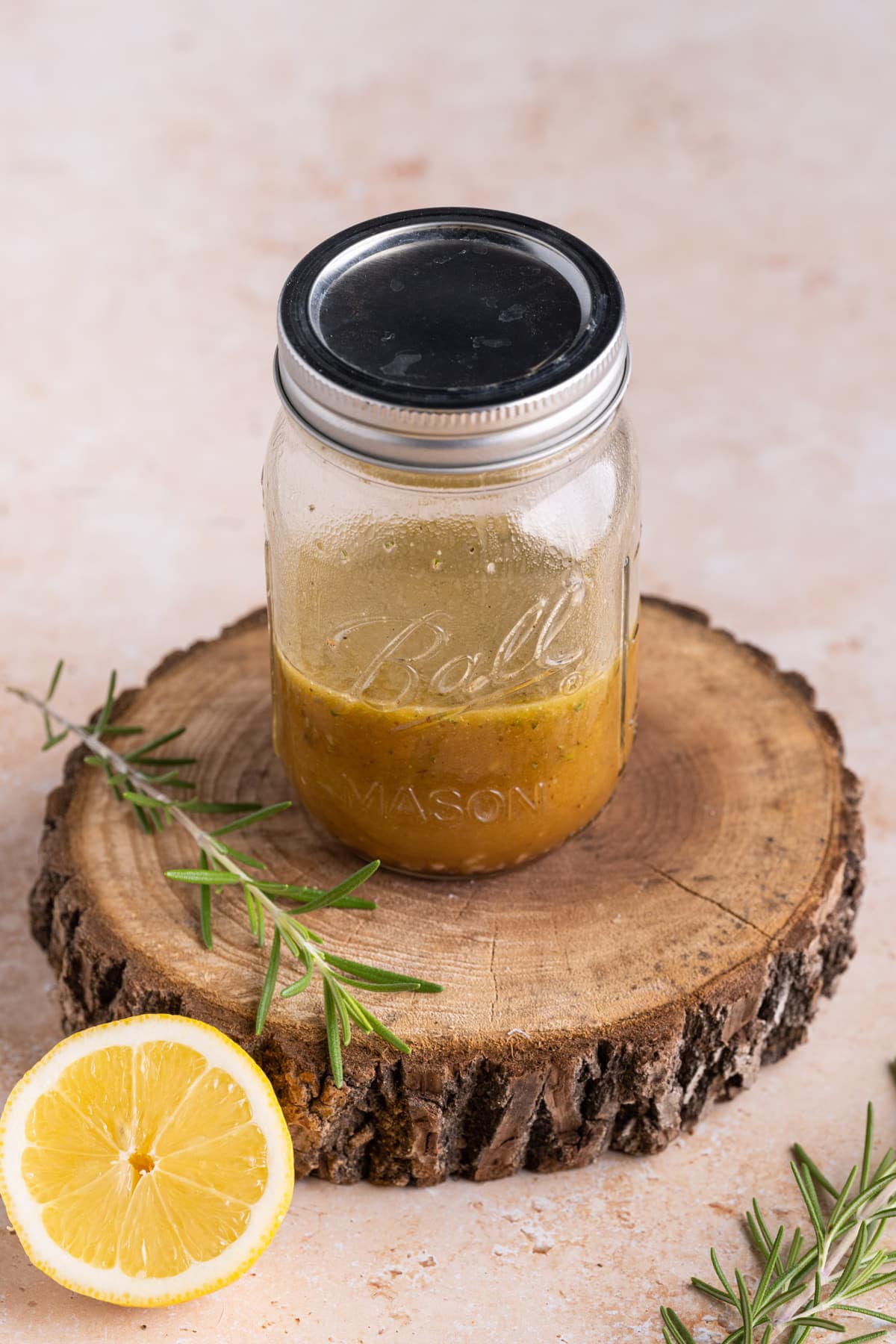
Always Dress Salads Right Before Serving Them
When serving this homemade dressing over salad, I highly recommend serving it on the side and allowing everyone to dress their own individual salad. This is for two main reasons. One, some people may like more dressing than others.
Secondly, and arguably most importantly, the longer the salad sits with the vinaigrette on it, the more likely it is to get soggy.
And finally, leftover salad without the dressing will last much longer in the fridge than any salad that is already dressed.
If you do wish to dress a whole salad, you will likely use the whole batch of this vinaigrette. This is a smaller batch recipe that is designed to serve around 6 or 7 portions.
Greek Vinaigrette Dressing Frequently Asked Questions
What is Greek Vinaigrette made of?
Most Greek vinaigrette’s use a base of olive oil and red wine vinegar, with extra lemon juice, garlic, oregano and other herbs. This Greek Vinaigrette recipe also uses salt, pepper, thyme, and rosemary to elevate the flavor.
Why You Should Make this Robust Greek Vinaigrette Dressing
- It’s fresh. From the combination of herbs and hit of fresh citrus.
- It’s flavorful. The fresh garlic and lemon juice bring such bold flavors.
- It’s versatile. Use this vinaigrette on a variety of salads (including pasta salad), over grain bowls, in wraps, or on sandwiches to add moisture and flavor.
If you’re loving this Robust Greek Vinaigrette Dressing and want more homemade vinaigrettes, check out this Raspberry Vinaigrette and Pesto Vinaigrette!

Robust Greek Vinaigrette Dressing
Equipment
- Glass Jar with Lid (optional)
Ingredients
- 1 clove garlic
- ½ cup extra-virgin olive oil
- ¼ cup red wine vinegar
- ¼ teaspoon oregano
- ¼ teaspoon thyme
- ¼ teaspoon rosemary
- ⅛ teaspoon salt
- ⅛ teaspoon black pepper
- 2 tablespoons lemon juice
Instructions
- Peel and finely mince garlic.
- Add the minced garlic, oil, vinegar, oregano, thyme, rosemary, salt, pepper, and lemon juice to a glass jar (preferred) or small mixing bowl.
- If using a jar, secure the lid and shake vigorously. Otherwise, whisk powerfully until oil and vinegar combines.
- Serve over salad, vegetables, or grain bowl. Store leftovers in the refrigerator for up to 3 weeks. Enjoy!
Pro Tips
- Vinaigrette is not just for Greek salads! Use it on cold pasta salads, too, like this Rainbow Orzo Pasta Salad.
- Be careful not to get lemon seeds in your dressing. It’s best to squeeze the lemon juice into a separate container first.
- This dressing will separate. Shake before using!
Share This Recipe
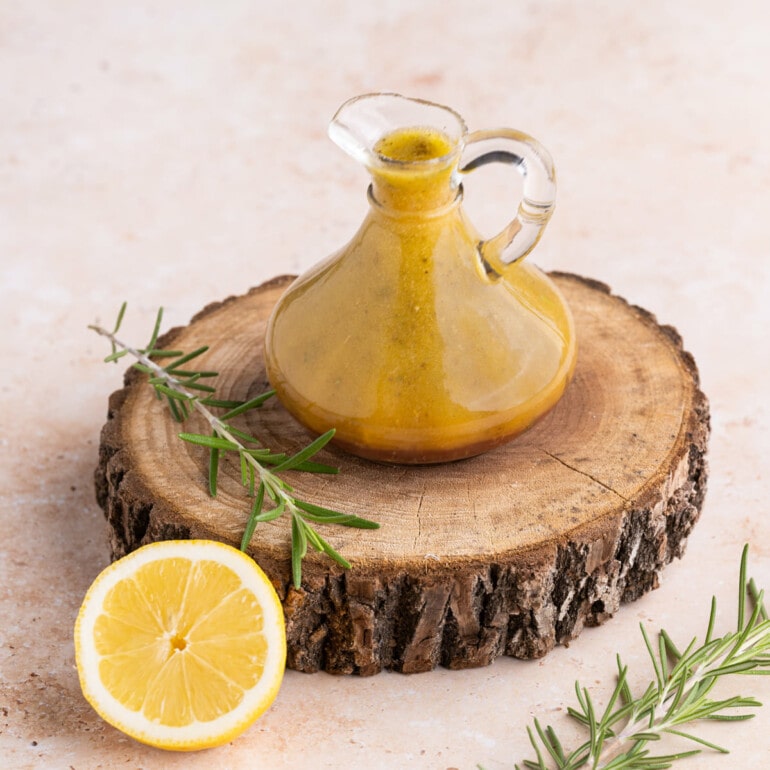
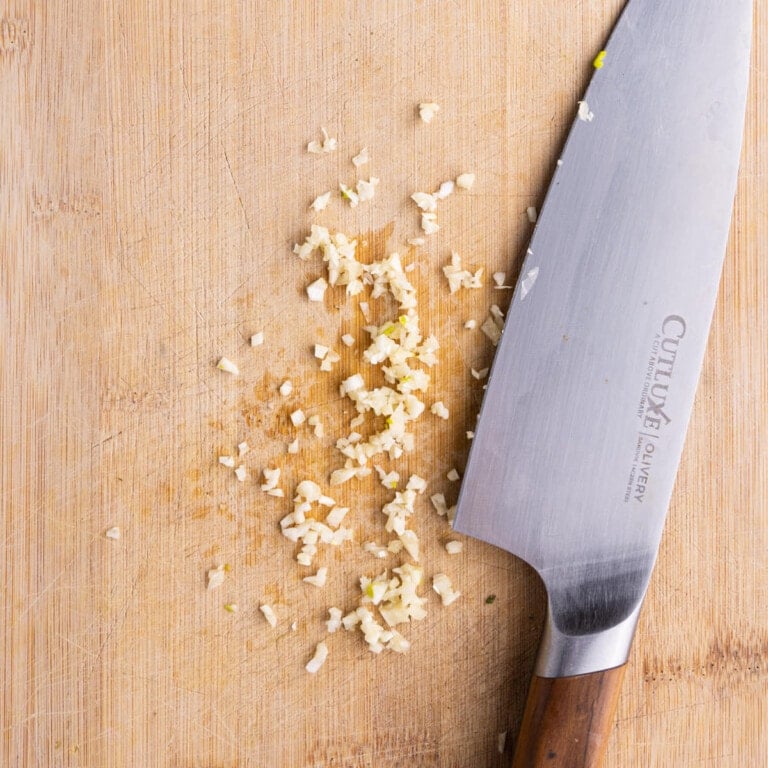
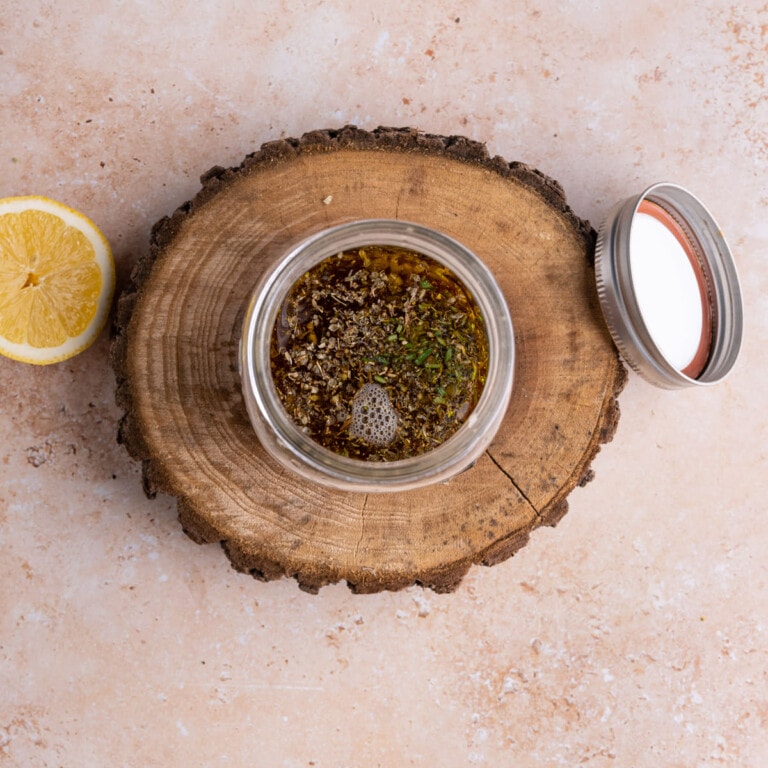
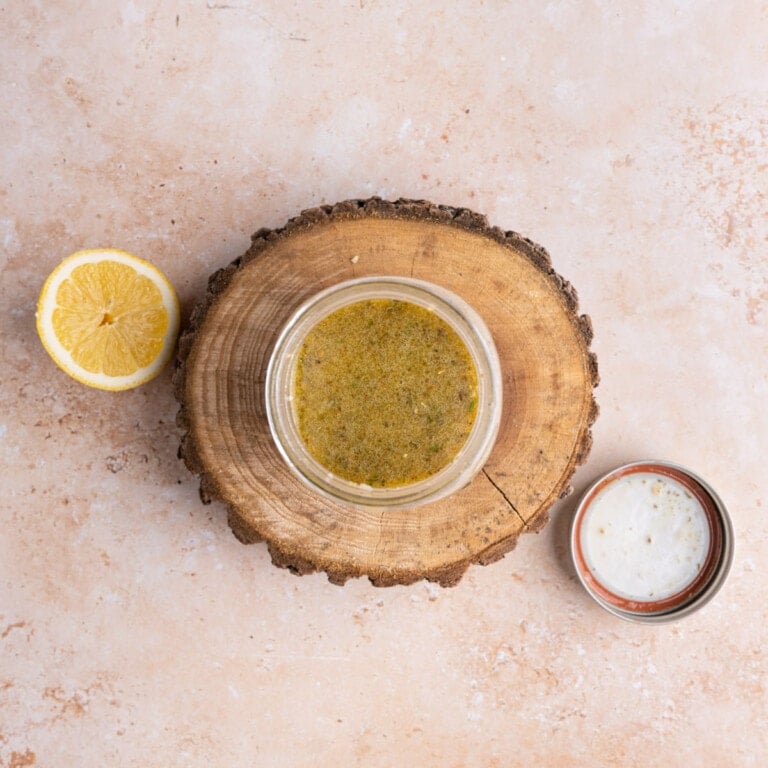






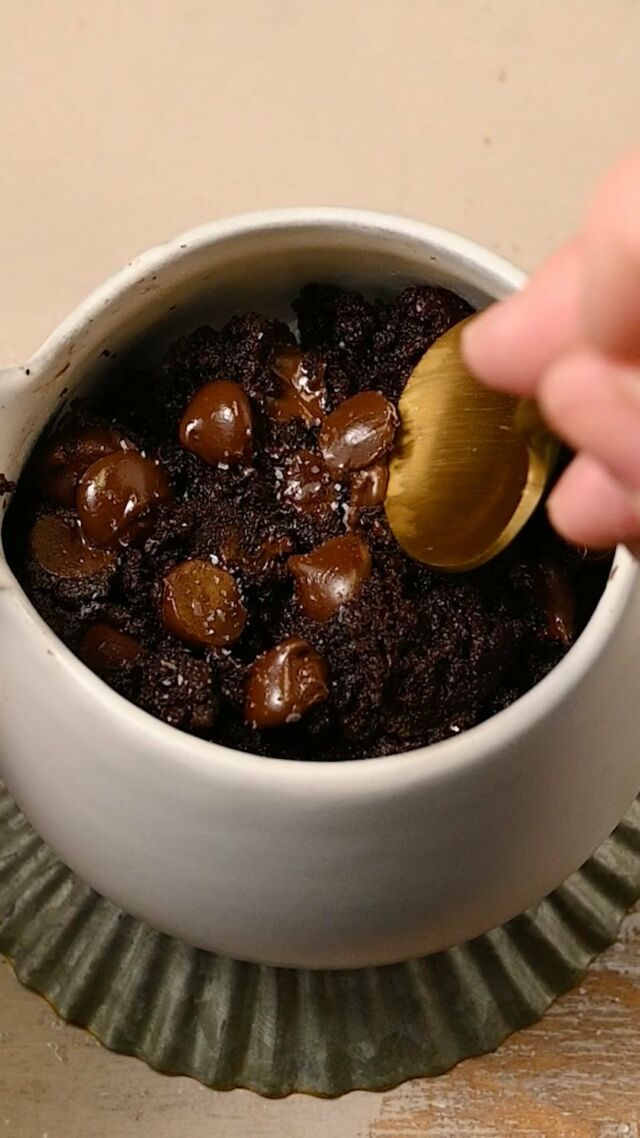
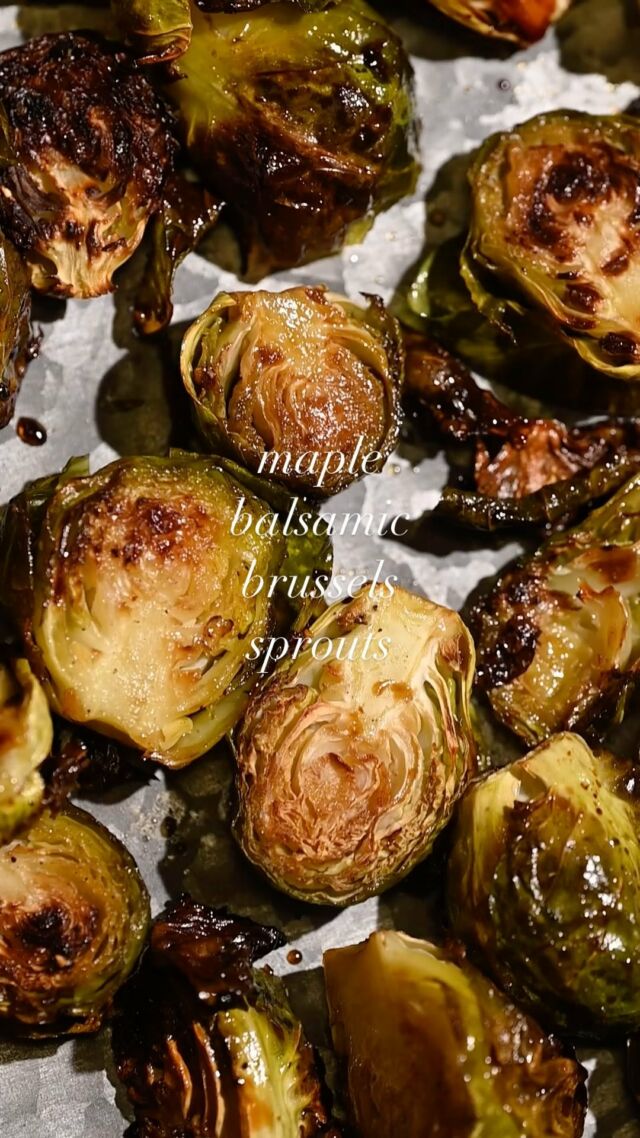
2 thoughts on “Robust Greek Vinaigrette Dressing”
Delicious and easy Loving these recipes from this site.
Thank you so much! We will keep them coming. 🙂